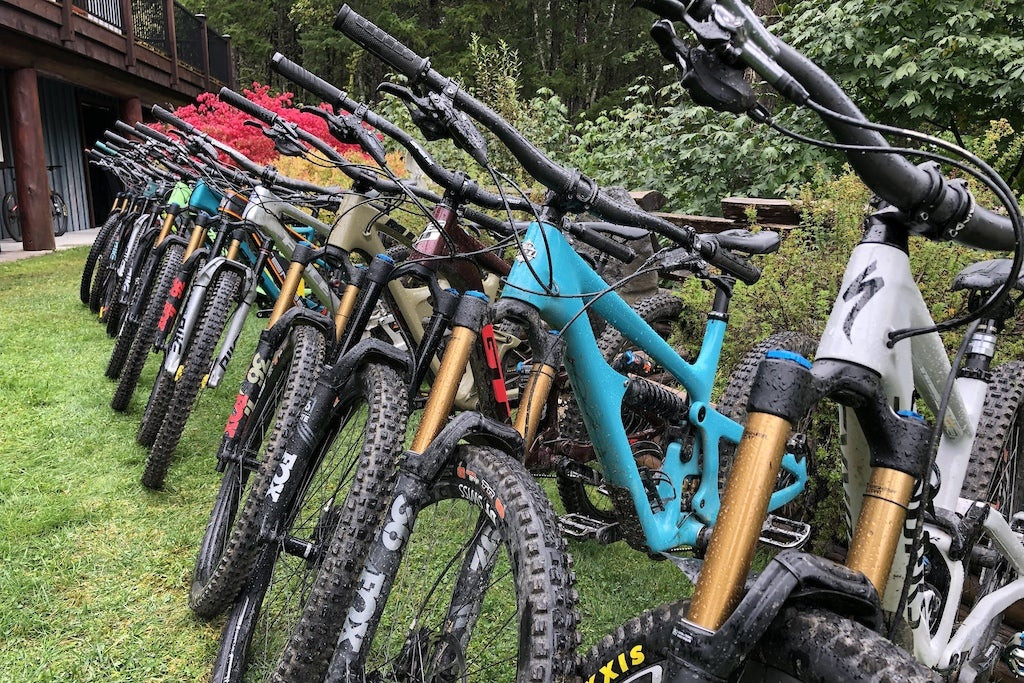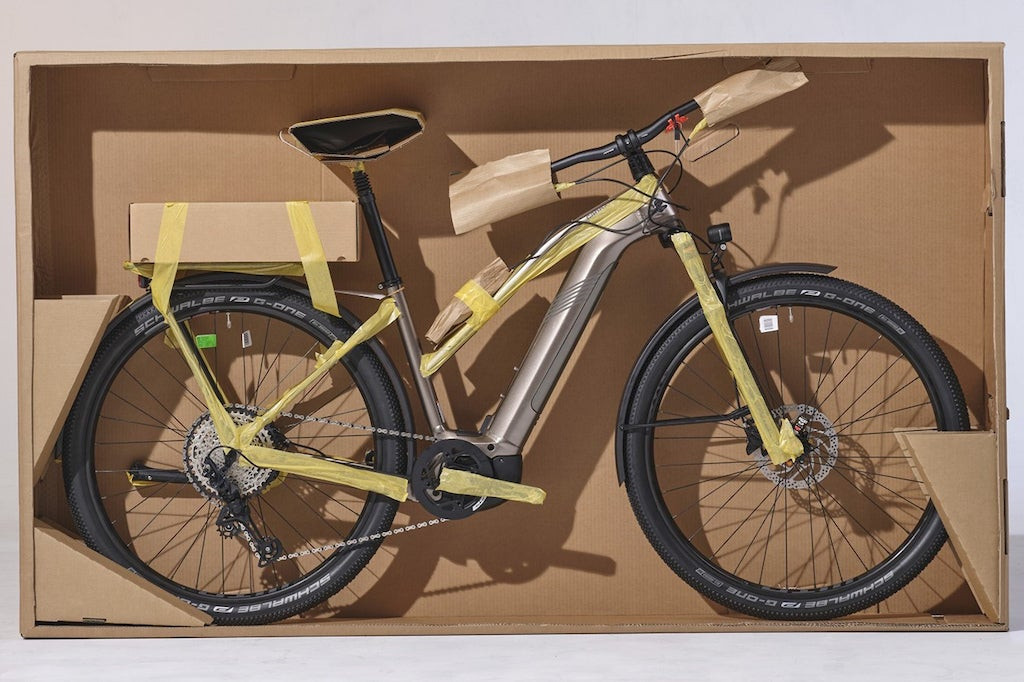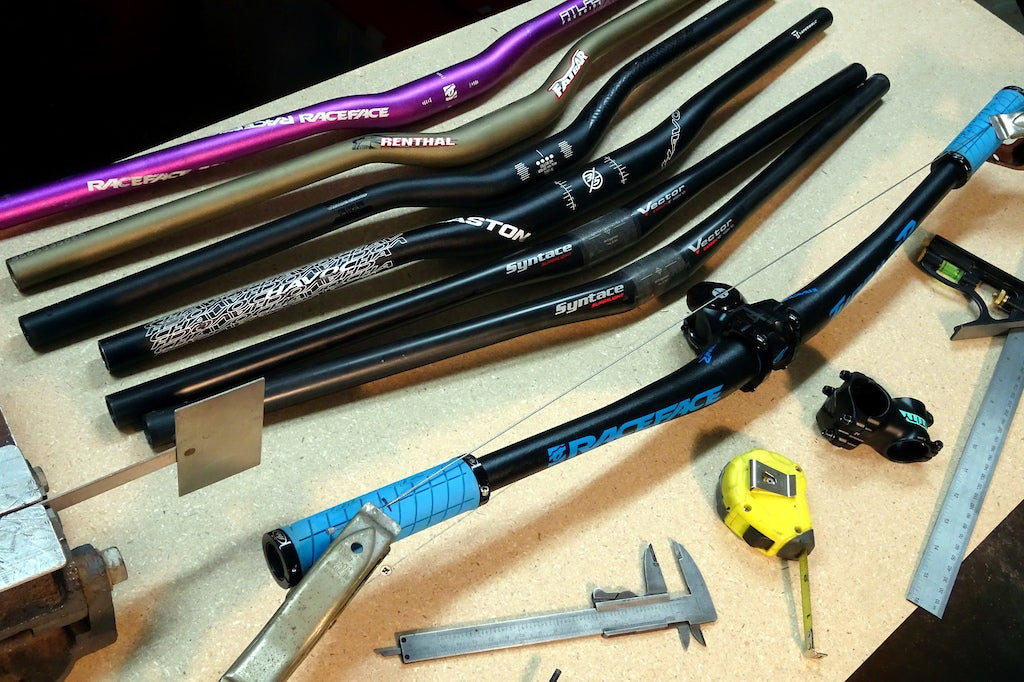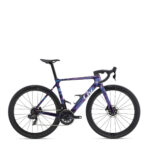So, you’re in the market for a new mountain bike? Excellent choice! Whether you’re dreaming of conquering trails or just eager for some off-road adventures, a new mountain bike is a fantastic investment. But before you jump in, a crucial question arises: where should you buy it? The digital age presents us with a plethora of online retailers, standing alongside the traditional brick-and-mortar bike shops. This decision is a hot topic in the cycling community, and for good reason.
The rise of direct-to-consumer (DTC) bike brands has reshaped the industry. While online bike sales might seem like a recent phenomenon, pioneers like Canyon started this trend back in 1996. The overall boom in e-commerce has fueled the growth of DTC models, challenging the conventional bike shop business. Traditionally, local bike shops rely heavily on retail bike sales, supplemented by service and accessory sales. Full disclosure: I spent years wrenching at a local bike shop, and I deeply value the community and culture they foster. Consider this perspective as you read on.
This topic is multifaceted, so for clarity, let’s break down the key considerations: quality and value, the importance of test rides, and after-sales service.
 mountain bike lineup
mountain bike lineup
Quality and Value: Balancing Cost and Components
Price is often the initial magnet drawing consumers to online retailers, including platforms that might list “Shopee Mountain Bike” options, although direct comparisons might be limited. Direct-to-consumer brands typically operate with leaner overheads and distribution networks compared to traditional retail models. This efficiency can translate to more competitive pricing, even when comparing bikes with similar component specifications.
However, as the online bike market matures, this price advantage is becoming less pronounced. While online prices haven’t fully converged with retail prices, many DTC brands have adjusted their pricing strategies, mirroring the common tech startup trajectory of initial low prices followed by gradual increases towards market norms.
Local bike shops haven’t stood still amidst this evolving landscape. To maintain their appeal, brands that prioritize in-store sales have intensified efforts to attract customers. This includes more competitive pricing, in-store purchase incentives, and stronger marketing initiatives, ensuring you find compelling options even when browsing local stores for mountain bikes.
 Cannondale bike in box
Cannondale bike in box
Adding another layer to the mix are brands adopting an omnichannel approach. Industry giants like Specialized and Trek have embraced this model, albeit with varied industry reactions. This strategy allows brands to sell both online and through their dealer network, aiming for a win-win scenario. For customers, this can mean the convenience of online purchasing with the option to have the bike shipped to a local dealer for assembly and professional setup.
While price is a significant factor, quality remains paramount. In the past, some direct-to-consumer brands faced criticism for frame quality, sometimes compensating with higher-spec components. This is less of a concern today, as many online brands now rival the quality of established retail-only brands. Resources like Pinkbike reviews (and usabikers.net!) are invaluable for navigating quality assessments and making informed decisions.
The Indispensable Test Ride: Feeling is Believing
For me, the ability to test ride a bike is the most compelling argument for buying from a local bike shop. It’s akin to trying on shoes – you really need to experience the fit and feel before committing to a significant purchase. While many online retailers, including some platforms where you might search “shopee mountain bike”, offer return policies, the process can be cumbersome compared to the straightforward experience of test riding various models at your local shop.
 Mountain bike fit
Mountain bike fit
Bike brands provide sizing charts, often based on rider height, but these are just starting points. Personal preferences and body proportions play a crucial role in bike fit. I’ve encountered numerous riders on improperly sized bikes, despite them falling within the manufacturer’s height guidelines.
Consider my own experience: At six-foot-three, sizing charts typically recommend an XL or XXL frame. However, I prefer bikes with a reach around 485mm, which usually corresponds to a size Large in many modern brands, given the trend towards longer frame geometries. While I could likely adapt to the size chart recommendations, I know I perform better and enjoy riding more on bikes I’ve had the chance to test and feel beforehand.
Service and Support: Beyond the Initial Purchase
Historically, service was the cornerstone argument for purchasing from local bike shops. Online retailers traditionally couldn’t offer the ongoing support and maintenance a local shop provides. However, the rise of omnichannel strategies is changing this landscape, offering more post-purchase support for those buying directly from brands.
Operationally, for the consumer, this often translates to picking up their online-ordered Trek or Specialized bike from a local affiliated bike shop, where mechanics handle assembly and preparation. While the shop still gets a portion of the sale, their control over profit margins and inventory is reduced. This also diminishes the pre-sale customization aspect often available when buying directly from a shop’s floor stock. For instance, upgrading components like handlebars before purchase, with adjustments for the original parts, is a common perk at local shops, ensuring a bike better tailored to your preferences from day one.
 Mountain bike handlebars
Mountain bike handlebars
In response, many direct-to-consumer brands, and potentially even marketplaces featuring “shopee mountain bike” listings, are incorporating customization options into their offerings. Brands like Commencal and Fezzari are leading in this area, providing extensive component selection choices, down to minor parts like seatpost clamps. Innovative local bike shops are also adapting. Fanatik Bike Co., for example, has developed an online custom bike builder, allowing customers to create their dream bikes from brands not typically sold online in that manner. This clever approach allows local shops to compete more directly with the customization and convenience offered by consumer-direct models.
Final Verdict: Choosing What’s Right for You
Ultimately, the best place to buy your mountain bike depends on your individual needs and priorities. If budget is the absolute primary concern, online retailers, including exploring options that might surface from a “shopee mountain bike” search, can offer compellingly low prices, particularly for entry-level bikes. However, for riders seeking a bike perfectly suited to them and who value the expertise, experience, and ongoing service of a local bike shop, the in-person experience remains invaluable. No amount of sophisticated packaging can truly replace the personalized care of a knowledgeable bike mechanic, even as direct-to-consumer brands expand their service networks through mobile and physical shop locations. The market offers a diverse range of options; the key is to find the one that resonates best with you.
Happy bike hunting, and enjoy the trails!
(This article is part of an ongoing series aimed at helping new mountain bikers navigate the essentials of the sport. Welcome to the incredible world of mountain biking!)

